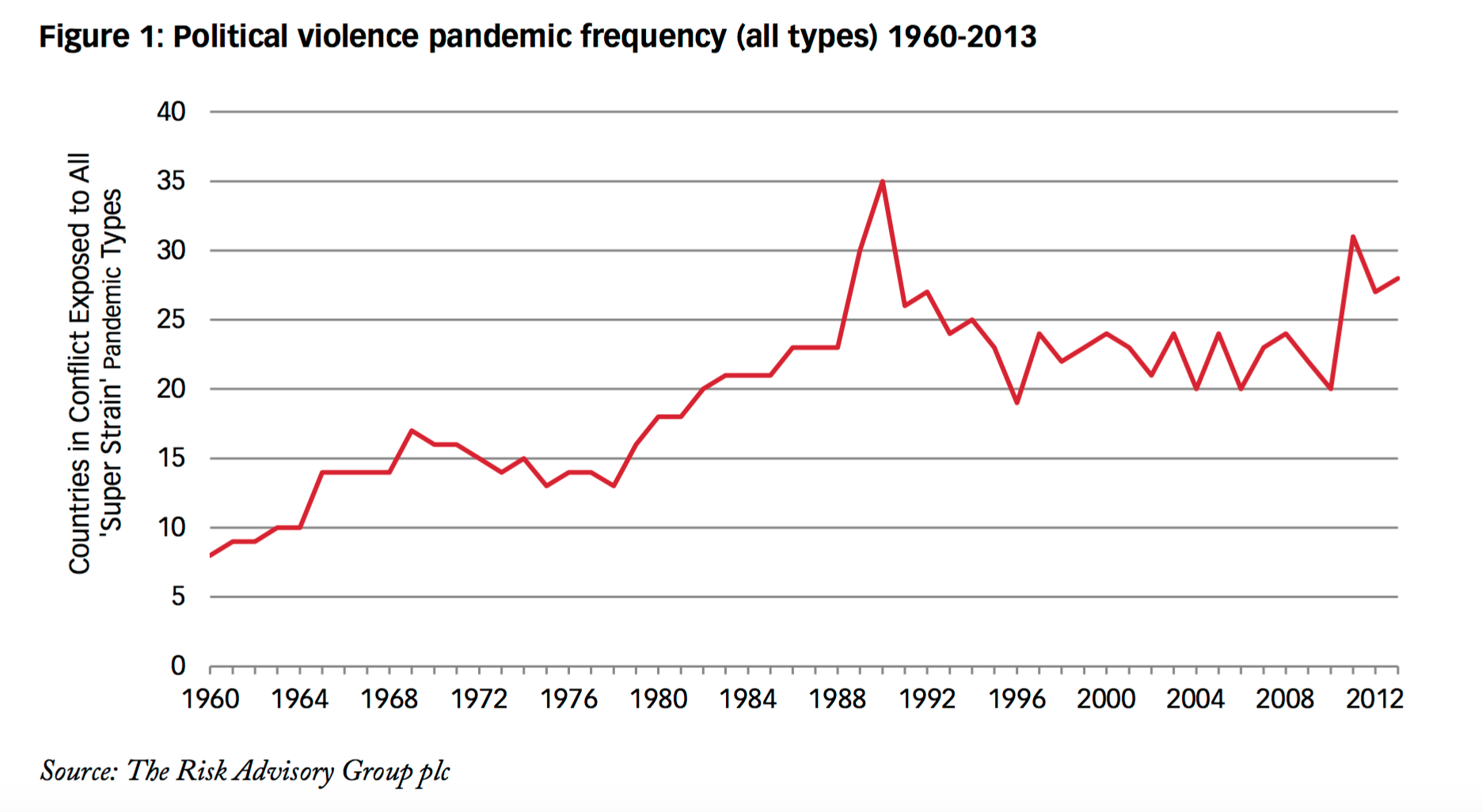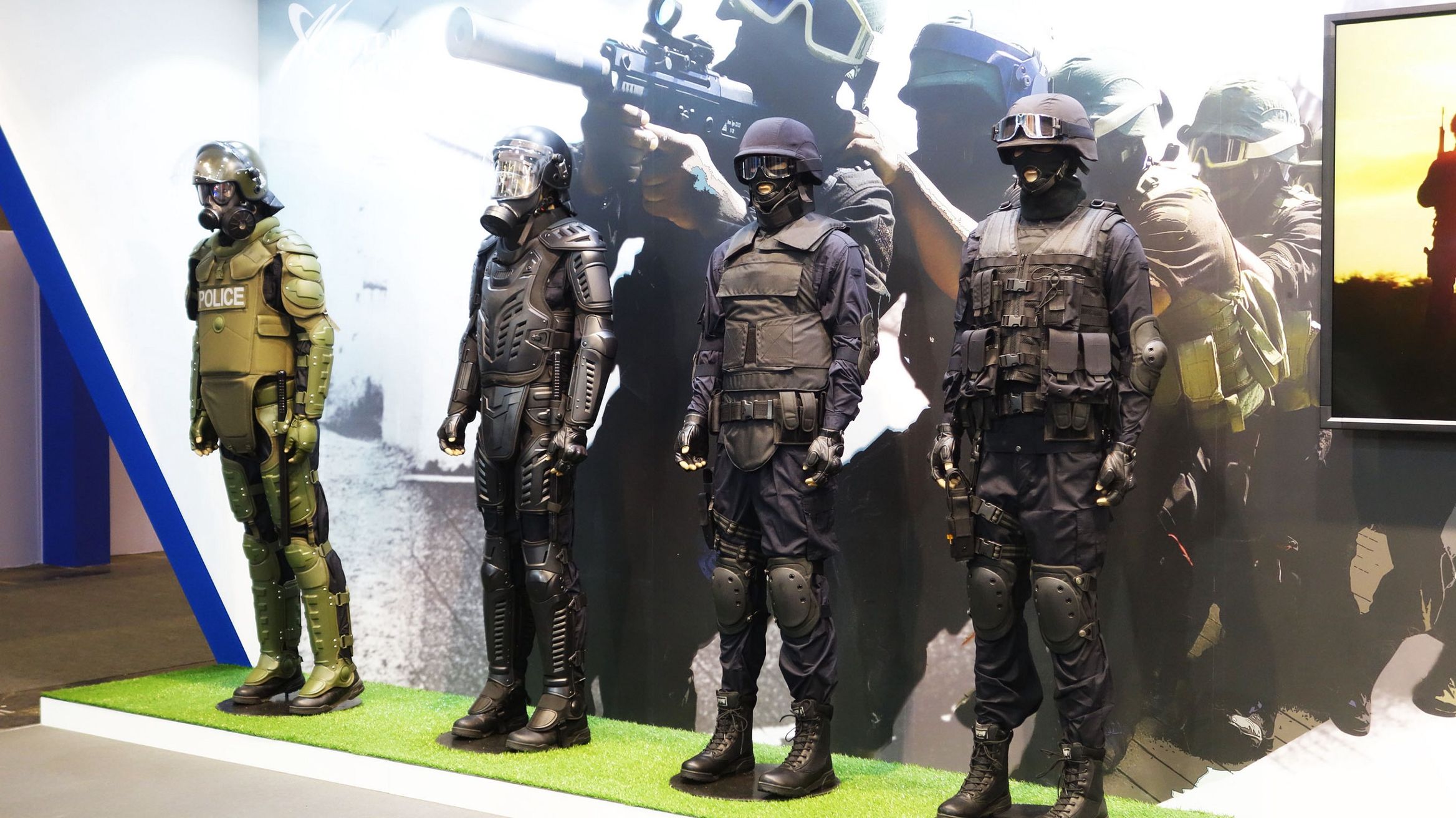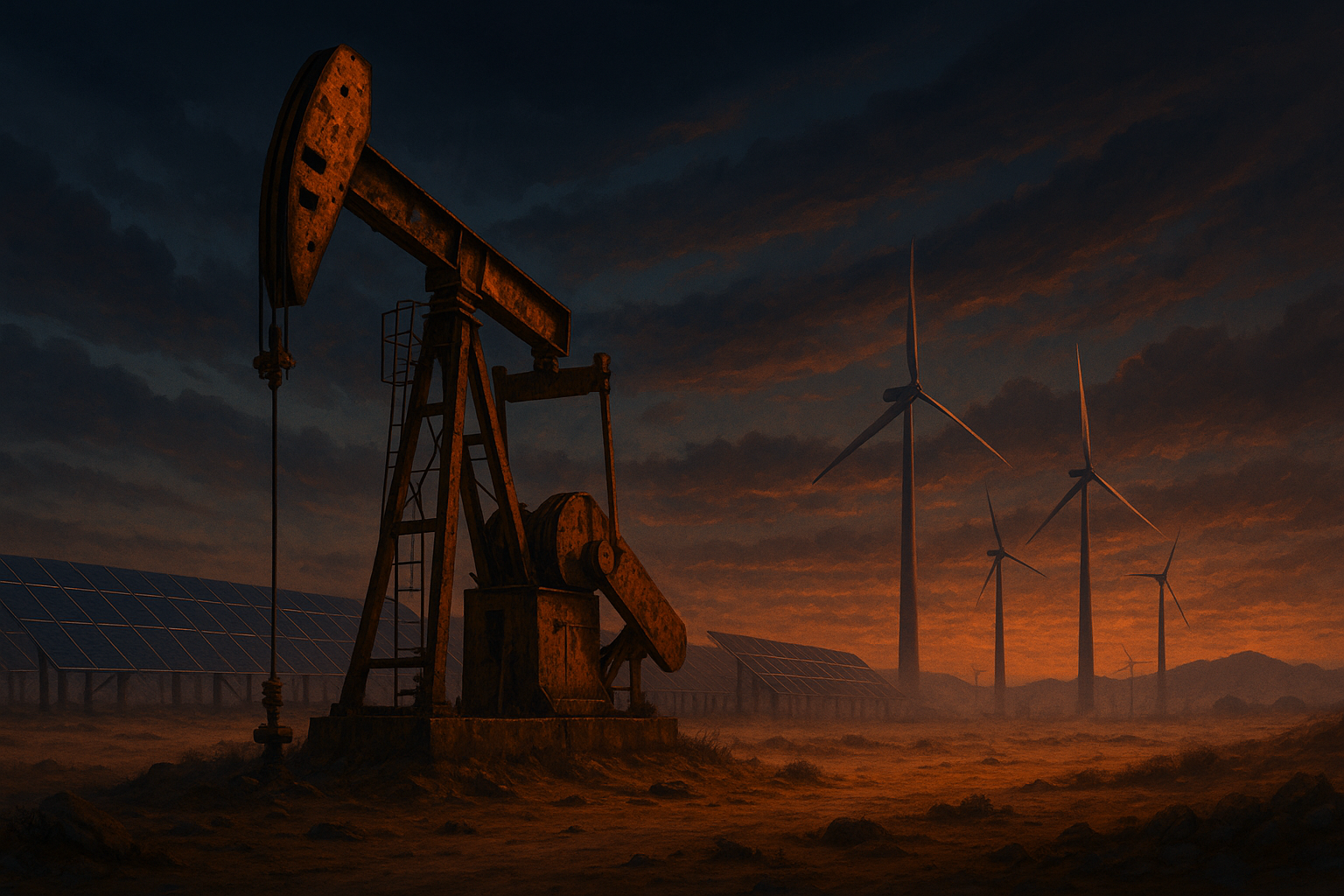The next five years will see the international market for ‘riot control systems’ boom to a value of more than $5 billion at an annual growth rate of 5%, according to a new report by a global business intelligence firm.
The report forecasts a dramatic rise in civil unrest across the world, including in North America and Europe, driven by an increase in Ferguson-style incidents and “extremist attacks.”
The Middle East, North Africa and Asia-Pacific regions will also experience a persistent rise in conflicts.
This increasing trend in instability promises billions of dollars of profits for global defence firms, concludes the report, published last month by Infiniti Research Ltd., a market intelligence firm whose clients include Fortune 500 companies.
“Protests, riots, and demonstrations are major issues faced by the law enforcement agencies across the world,” said Abhay Singh, a lead defence technology analyst at the firm. “In addition the increase in incidents of civil wars in countries such as Syria, Iraq, Lebanon, and Egypt along with an increase in the global defence budget will generate demand for riot control systems.”
Europe, the Middle East and Africa will be the largest market, collectively experiencing a rate of growth at over 5%, exceeding $2 billion by 2020. Under the subheading, ‘EMEA: increase in extremist attacks to boost growth’, the report, priced at over $2,000, explains:
“Over the past years, Europe witnessed an increase in extremist attacks, which has raised concerns among the law enforcement and defense industries to equip themselves with modern equipment and protect civilians from external threats. In 2015, the Paris attacks and the killing of journalists in France are some of the examples of growing terrorism in Europe.”
The combination of intensifying conflict, terrorism, and civil unrest will lead to rocketing demand for riot control systems over the next 5 years “led by Germany, Russia, France, Poland, Saudi Arabia, Turkey, the UAE, Iran, and South African countries.”
The Americas will see a slightly lower, but still robust, rate of growth at 4%. Like the EMEA, by 2020, the American market for riot control systems “is expected to exceed USD 2 billion.”
The report, Global Riot Control System Market, 2016–2020, points to domestic civil unrest such as the 2014 Ferguson protests as an example of triggers leading to police militarisation, and thus rising demand:
“The militarisation of the police department and other law enforcement agencies in the Americas has encouraged the use of advanced riot control equipment. The disputed circumstances of the shooting of an unarmed 18-year-old heightened existing protests and civil unrest in Ferguson, Missouri, US in 2014. This is a classic example of an incident where the agencies used rifles and heavy vehicles to control the crowd and protestors.”
Although the countries of the Asia-Pacific region will have the smaller market share of over $1 billion, they will see by far the highest rate of growth at 6%, concentrated in India, China, Thailand, Vietnam, and South Korea.
The report predicts that “protests and riots in the region [will] boost demand for riot control systems” due to “growing economic transformations.”
The escalating demand for “specialised equipment” is being driven by “the rise of urban warfare.” The report highlights the September 2014 Umbrella Revolution in Hong Kong, “which witnessed 100,000 protesters blocking the roads [and] led law enforcement agencies to adopt militarisation.”
The new report corroborates the forecasts of more well-known institutions.
A study published in April by leading global insurers Lloyds of London warns of an imminent future of “pandemics” of political violence (PV), driven by a “contagion” effect:
“Events such as the Arab Spring and, more recently, the wave of violent jihadist extremism affecting parts of the Middle East, have demonstrated the potential for individual outbreaks of unrest to trigger similar events across the world. These events generate widespread disruption yet prove extremely difficult to anticipate… the interdependencies which create the conditions for PV pandemics are liable to become an increasingly important factor in determining international stability.”
Trevor Maynard, Lloyds head of exposure management and reinsurance, said: “The report suggests that instances of political violence contagion are becoming more frequent and the contagion effect ever more rapid and powerful.”
The study was commissioned by Lloyds but carried out by Henry Wilkinson, head of intelligence at the Risk Advisory Group. Examining the frequency and persistence of what he calls “PV pandemics”, Wilkinson shows that they have consistently increased from the 1960s until today.

The Lloyds study thus says that “instances of PV contagion (pandemics) have become more frequent, and the contagion effect ever more rapid and impactful.”
It argues that this increasing frequency and impact is linked to a range of trends such as the availability of the internet, urbanisation and geopolitical instabilities: “Growing complex interdependencies may make contagion one of the most important causal dynamics shaping how political violence emerges and spreads within and among states.”
The report also identifies three fundamental “super-strains” of such PV pandemics, the first two of which are non-violent.
The first consists of “anti-imperialist” and “independence movements”, as well as social movements calling for the removal of an “occupying force.”
The second consists simply of popular demonstrations, described as “mass pro-reform protests against national government.”
The final “super-strain pandemic” is “armed insurrection” or “insurgency” and is associated with two particular ideologies, “Marxism” and “Islamism.”
The report thus sees social protest and dissent against government policies of militarism abroad and neoliberal austerity at home as inherently dangerous, and potential precursors to “contagions” of violence, although as the report itself admits, there is no real empirical or even qualitative evidence for this.

The report identifies several other risk factors, including “an increase in the share of internet users”, greater urban concentration, as well as increases in infant mortality, a young population, and inadequate military spending.
In recent months there have been several more direct indicators that Western governments anticipate a rise in domestic unrest.
Last month, the German newsmagazine Deutsche Wirtschafts Nachrichten reported that European Union police and military units conducted secret military exercises simulating a civil war in Germany.
The exercises simulated a government “crackdown on civil unrest in Germany and other EU countries.” German parliamentarian Andrej Hunko tried to attend the exercises as an observer but was denied access.
He warned that the joint police-military training exercises indicated a worrying trend in the “militarisation of the police” in Europe, and violated the German constitutional “principle of separation of the police and military.”
There appears to be an emerging belief among senior officials in Europe that the risk of unrest is rising rapidly.
In December 2015, the head of the Swiss Armed Forces told Swiss newspaper Schweiz am Sonntag that the country’s continuing prosperity was under threat from a weakened economy, which could lead to “social unrest.”
In January, a Swedish general echoed this verdict, stating that a world war could break out within a matter of years. In a written statement distributed at an armed forces conference, Major General Anders Brännström said:
“The global situation we are experiencing and which is also made clear by the strategic decision leads to the conclusion that we could be at war within a few years.”
Penny Mordant, the UK’s Armed Forces Minister, similarly said in April that the combination of austerity and the migrant crisis had created “tremendous potential for civil unrest” across Europe.
Jean Asselborn, chair of the EU’s General Council, similarly warned that the migrant crisis could lead to the EU to “break apart” in “only several months.”
“False nationalism can lead to real war,” he said.








